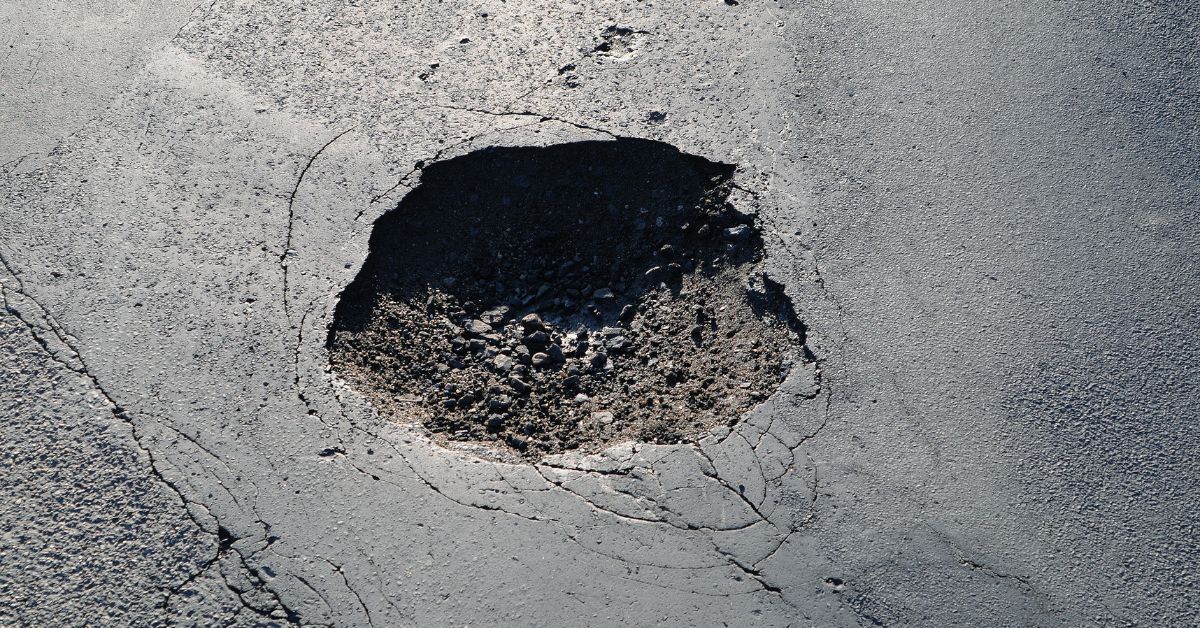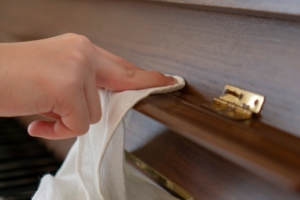The Top Causes of Potholes in New York City

Potholes are depressions or hollows that form on the surface of roads, and they pose considerable safety risks. Vehicles hitting potholes can suffer damage that leads to costly repairs. They can also increase the risk of accidents for all roadway users. Explore the top causes of potholes in New York City to see how several common factors can damage roadways.
Freeze-Thaw Cycles
Freeze-thaw cycles can cause havoc on roadways. This common weather pattern involves the freezing and subsequent thawing of water that seeps into the pavement.
When water penetrates the surface of the pavement, it freezes as temperatures drop. As the ice expands, it forces the pavement to crack and crumble. When the ice eventually melts, a void remains, causing the pavement to collapse and form a pothole.
Heavy Traffic
New York City’s high volumes of traffic are one of the top causes of potholes. Heavy vehicles such as trucks and buses exert a higher level of stress on the road surface. The pressure vehicles exert can cause the pavement material to deteriorate, leading to surface cracks. Over time, these cracks can develop into potholes.
Roads with high pothole claims, such as the Belt Parkway, see heavy commuter traffic. The vibration caused by vehicles can also exacerbate damage, leading to a higher prevalence of potholes on routes frequently used by heavy traffic.
Poor Road Conditions
Neglecting roadway maintenance can cause potholes to form or grow. Damage that can affect potholes includes cracks, fissures, and uneven surfaces, which are more susceptible to further degradation.
Over time, these vulnerabilities in the road surface allow water to seep in, which can amplify the damage of freeze-thaw cycles. Furthermore, inadequate or delayed maintenance can make the roadway more susceptible to damage from vehicles, worsening the overall road condition. Maintenance such as sealcoating, crack sealing, and patching can help mitigate the formation of potholes.
Extended Water Exposure
Poor drainage systems or leaks from underground utilities can seriously aggravate the condition of roads, leading to the formation of potholes. Poor drainage systems allow water to linger on the pavement. Over time, this stagnant water seeps into the road, worsening existing damage and creating ideal conditions for potholes to form.
Similarly, leaks from underground utilities such as water or sewer pipes can undermine the structural integrity of the road. Damage to infrastructure is one of the top financial impacts of water main leaks in NYC. The leaking water softens the soil under the pavement and creates a void. When the pavement above this void experiences the stress of heavy traffic, it may collapse, leading to a pothole.
Freeze-thaw cycles, heavy traffic, poor road conditions, and extended water exposure can cause potholes to form or worsen. Damaged roadways can necessitate expensive vehicle repairs and pose potential risks to all roadway users. Measures such as regular roadway maintenance, efficient drainage systems, and prompt leak repairs can greatly mitigate the formation and expansion of potholes.





